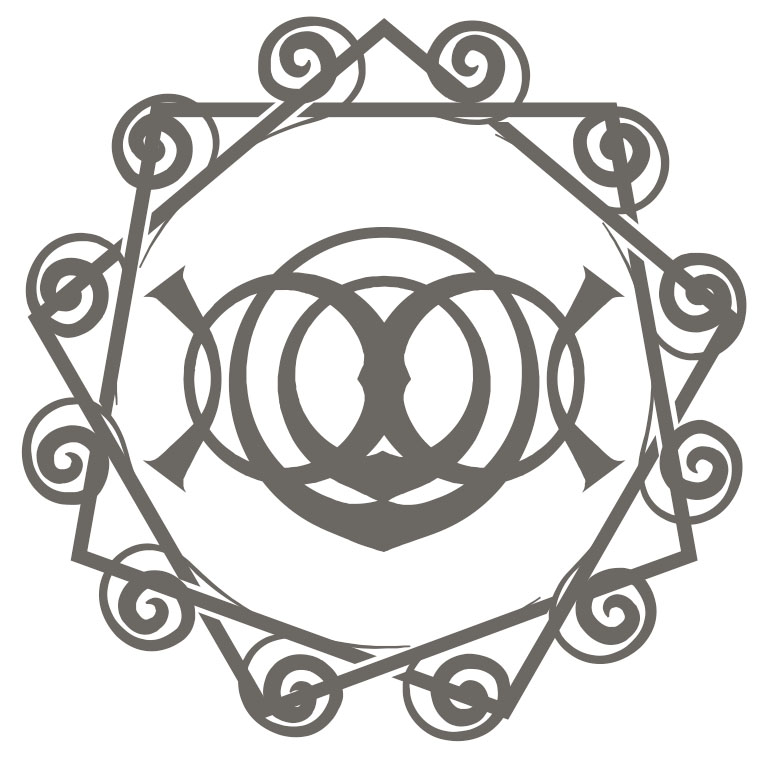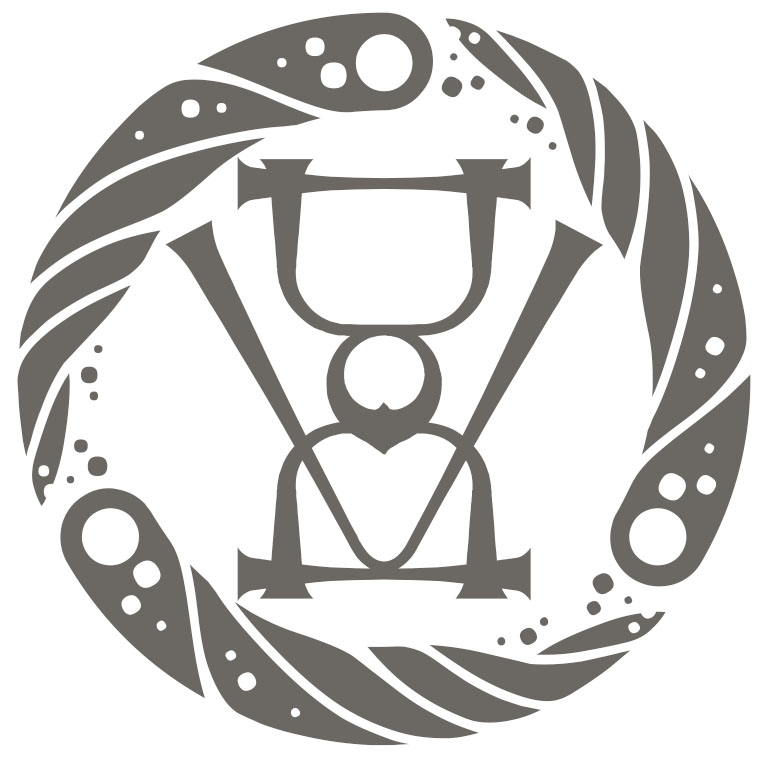
True rituals are very complicated spells that are the stuff of legend. They are far beyond the power of any single spellcaster and can only be cast in ritual form. They cannot by further augmented by any feats or other abilities. True rituals combine all aspects of magic and have no schools of magic associated with them.
True rituals are cast as normal spells with the exceptions detailed below.
TRUE RITUAL COMPONENTS
All true rituals have verbal, somatic, material, and experience cost components. Each member of the ritual must pay the experience cost. If the ritual is using proxy ritual members to cast the spell (see below), the experience cost of the replace caster(s) is divided equally among the normal casters who are participating in the true ritual. If the experience cost lowers one of the caster’s levels, the lost level must come from the caster’s primary spellcaster class.
CASTERS REQUIRED
Each true ritual has a minimum number of required casters. Each caster must have the spell prepared in the usual fashion at the time of casting. True rituals are prepared in lieu of one of the caster’s spells of equivalent level.
With multiple casters, the power of the ritual is increased. Use the level of the highest caster in the group and add the number of other casters (not proxies) participating in the true ritual to determine the effective caster level. The ritual’s effects are based upon this effective caster level.
PROXIES
Some true rituals allow a proxy in place of one or more of the required casters. The proxy section of a true ritual details who can replace a required caster during the ritual. Proxies cannot replace every caster: There must be at least one spellcaster to lead the ritual.
SAVING THROW
True rituals have more power behind them, which in turn makes them more difficult to resist. Any saving throw against a true ritual has a DC of 15 + the level of the spell + the relevant ability modifier of the highest-level caster participating in the ritual.
COUNTERING RITUAL MAGIC
Dispelling or countering augmented and combined ritual castings of a spell is similar to countering a normal casting of the spell. Of course, the longer casting time offers a larger window of opportunity to disrupt the spell. Throughout the casting, observers get a Spellcraft check (DC 18 + the spell’s level). The DC is slightly higher due to the changes in the prolonged casting, but the longer casting time allows for a retry of the check each round. Using dispel magic to counter an augmented or combined ritual casting is much easier due to the delicate and extended manipulation of the magical energies involved. The dispel check goes against a DC of 6 + the spell’s caster level if the dispel check is made during the casting of the ritual spell.
As with countering metamagic feats, any additional effects or added levels are not taken into account when counterspelling a ritual casting. A regular cone of cold spell counters a ritually enhanced cone of cold.
True rituals cannot be countered with knowledge of the true ritual in question: The preparations are too long and complicated to enact even throughout the hours of casting time required. True rituals can easily be disrupted, however, through combat, distraction, or other means. Unlike augmented or combined ritual castings, any dispel magic checks to counterspell a true ritual go against a DC of 15 + the caster level of the true ritual’s highest-level caster.
RESEARCHING ORIGINAL TRUE RITUALS
Any spellcaster who can cast a true ritual can attempt to create a new, original true ritual. Creating a true ritual, however, is much more demanding than creating a normal spell.
Like the research of a regular spell, the creation of a true ritual requires access to a well-stocked library for a wizard and meditation, prayer, and sacrifices in a major temple or blessed location for clerics and druids. A wizard’s library must be comprised of books, treatises, and manuscripts totaling at least 50,000 gp in value. Magical items and spellbooks do not count toward this total for the personal library’s value.
The research must be conducted by at least three spellcasters of the same type (arcane or divine) who collaborate on the ritual’s research. During the research, each of the spellcasters must pay 1,000 gp per week with a minimum of one week per effective level of the true ritual. This money goes into the same fees, experimentation, and components that regular spell research consumes. At the end of the research period, each of the researchers makes a Spellcraft check against a DC of 20 + the spell level. If all the researchers succeed, the new true ritual has been successfully created (assuming the spell is viable). If any of the researchers fail, however, they must all go through the research process again if they wish to keep attempting to learn the true ritual.
The criteria for a viable true ritual are entirely dependent upon the requirements of the DM. Use the guidelines for new spell creations found in the core rulebooks. Compare any new true ritual concept with those presented in this chapter.
The following elements are required for all true rituals:
- A minimum of three casters is required to perform a true ritual. More may be required depending on the ritual.
- The ritual must have an experience point cost to cast. Higher experience point costs can balance the power level of some true rituals.
- The number of casters required to cast a true ritual is also the number of casters that are required to research the ritual. Requiring a higher number of creators can also serve to balance the ritual’s power level, though not as much as an experience point cost (and not if the PCs acquire the ritual through means other than research).

This material is covered by the Open Gaming License.

 Under the direction of a single spellcaster, a group of individuals can work together to generate greater spell effects. Similar to the use of augmented ritual casting, the primary caster uses ritual casting to enhance the basic prepared spell (or a free spell slot for a bard or sorcerer). Although groups with like magic (divine or arcane) work best together, anyone can assist with the performance of the ritual (although the lack of precision by non-spellcasters adds to the chance of failure).
Under the direction of a single spellcaster, a group of individuals can work together to generate greater spell effects. Similar to the use of augmented ritual casting, the primary caster uses ritual casting to enhance the basic prepared spell (or a free spell slot for a bard or sorcerer). Although groups with like magic (divine or arcane) work best together, anyone can assist with the performance of the ritual (although the lack of precision by non-spellcasters adds to the chance of failure).












